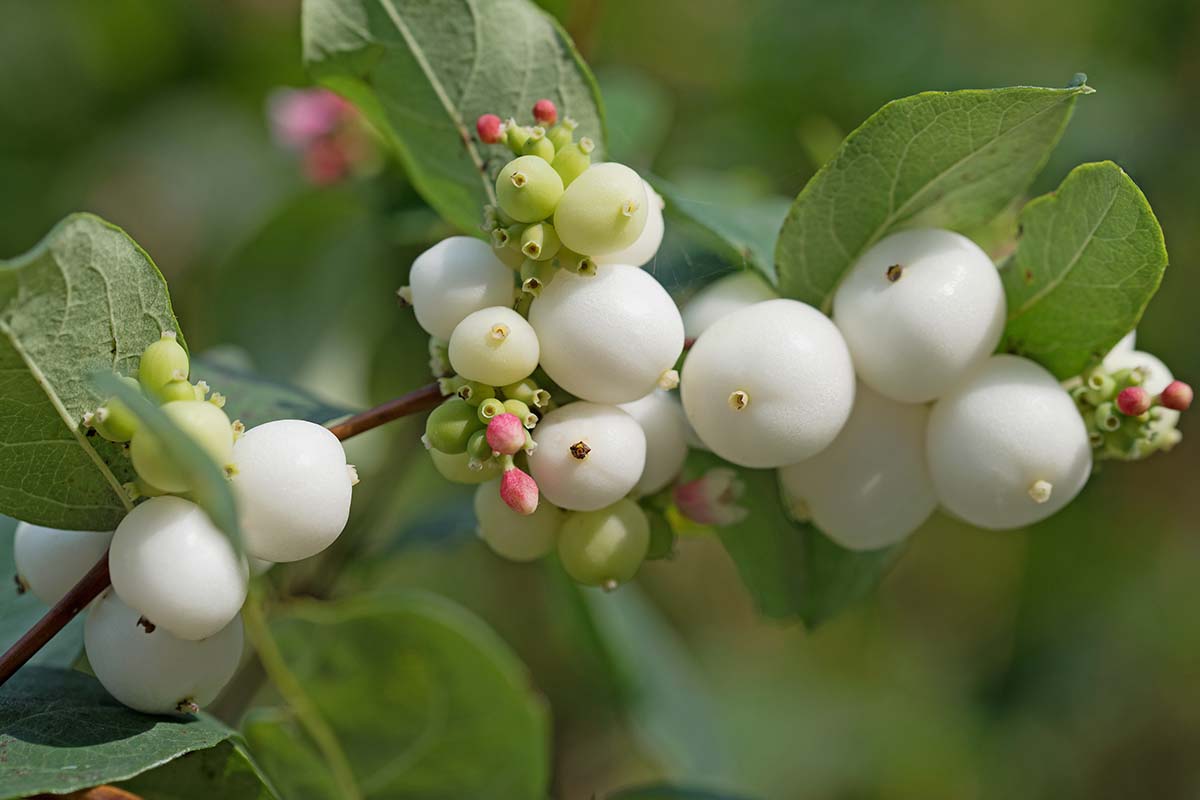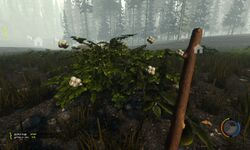Snowberry Bush: The Winter Beauty That Will Brighten Up Your Landscape
Snowberry Bush: The Winter Beauty That Will Brighten Up Your Landscape
Snowberry bushes are a beautiful and versatile addition to any landscape. They are hardy, low-maintenance plants that can thrive in a variety of conditions. Snowberries are also deer-resistant, making them a good choice for areas where deer are a problem.
One of the best things about snowberry bushes is their winter interest. When most other plants are bare, snowberry bushes are covered in clusters of white or pink berries. These berries can persist for several months, providing a splash of color in the winter landscape.
Snowberry bushes are also attractive to wildlife. Birds and other animals eat the berries, and the plants provide shelter for small mammals.
If you are looking for a beautiful and low-maintenance plant for your landscape, consider a snowberry bush. These versatile plants are sure to add winter interest to your yard.
Here are some of the benefits of adding snowberry bushes to your landscape:
- They are hardy and can thrive in a variety of conditions, including full sun, partial shade, and even wet areas.
- They are low-maintenance and require little pruning or watering.
- They are deer-resistant.
- They provide winter interest with their clusters of white or pink berries.
- They attract wildlife, such as birds and small mammals.
If you are considering adding snowberry bushes to your landscape, here are a few things to keep in mind:
- Snowberry bushes can grow to be 6-8 feet tall and wide, so make sure you have enough space for them.
- They prefer moist, well-drained soil.
- They can be planted in full sun or partial shade.
- They are not fussy about fertilizer, but a light application in the spring will help them thrive.
- Snowberry bushes are relatively pest- and disease-free.
With a little planning, snowberry bushes can add beauty and interest to your landscape for many years to come.
Here are some additional tips for growing snowberry bushes:
- Plant snowberry bushes in the spring or fall.
- Water them deeply and regularly, especially during the first year after planting.
- Mulch around the plants to help retain moisture and suppress weeds.
- Prune snowberry bushes in the spring to remove dead or damaged branches.
- Snowberry bushes can be propagated by rooting cuttings in the spring or fall.
With proper care, snowberry bushes will thrive for many years to come, providing winter interest and beauty to your landscape.
Snowberry bushes are beautiful deciduous shrubs that are native to North America. They are known for their clusters of white berries, which can persist well into winter. Snowberry bushes are also relatively easy to care for and can be grown in a variety of conditions.
If you are interested in learning more about snowberry bushes, I recommend visiting the Garden Wiki. This website has a wealth of information about snowberry bushes, including their history, cultivation, and uses. You can also find photos, videos, and articles about snowberry bushes on this website.
I hope you enjoy learning more about snowberry bushes!
FAQ of snowberry bush
1. What is a snowberry bush?
A snowberry bush is a deciduous shrub that produces clusters of white or pink berries in the fall. It is native to North America and can be found in a variety of habitats, including woodlands, meadows, and roadsides. Snowberry bushes are relatively easy to care for and make attractive additions to gardens.
2. What soil does a snowberry bush grow best in?
Snowberry bushes are adaptable to a variety of soil types, but they prefer moist, well-drained soil. They can tolerate some clay soil, but they will not do well in sandy soil.
3. How much sun does a snowberry bush need?
Snowberry bushes prefer full sun, but they can tolerate partial shade. They will not do well in deep shade.
4. How often should I water a snowberry bush?
Snowberry bushes need regular watering, especially during the first year after planting. Once they are established, they can tolerate some drought. Water the bush deeply once a week, or more often during hot, dry weather.
5. How long does it take for a snowberry bush to grow?
An individual snowberry bush can reach its mature size (height) in 2 or 3 years. However, it may take 5-7 years for the bush to reach its full flowering and fruiting potential.
Image of snowberry bush
5 different images of "snowberry bush" from Pinterest:
- A white snowberry bush in full bloom. The bush is covered in clusters of white berries that look like snow.

- A close-up of the white berries on a snowberry bush. The berries are small and round, with a slightly translucent appearance.

- A snowberry bush in the fall. The leaves on the bush have turned red and orange, and the berries are still white.

- A snowberry bush growing in a forest. The bush is surrounded by trees and other plants.

- A snowberry bush in a garden. The bush is planted next to a fence and a walkway.
Post a Comment for "Snowberry Bush: The Winter Beauty That Will Brighten Up Your Landscape"